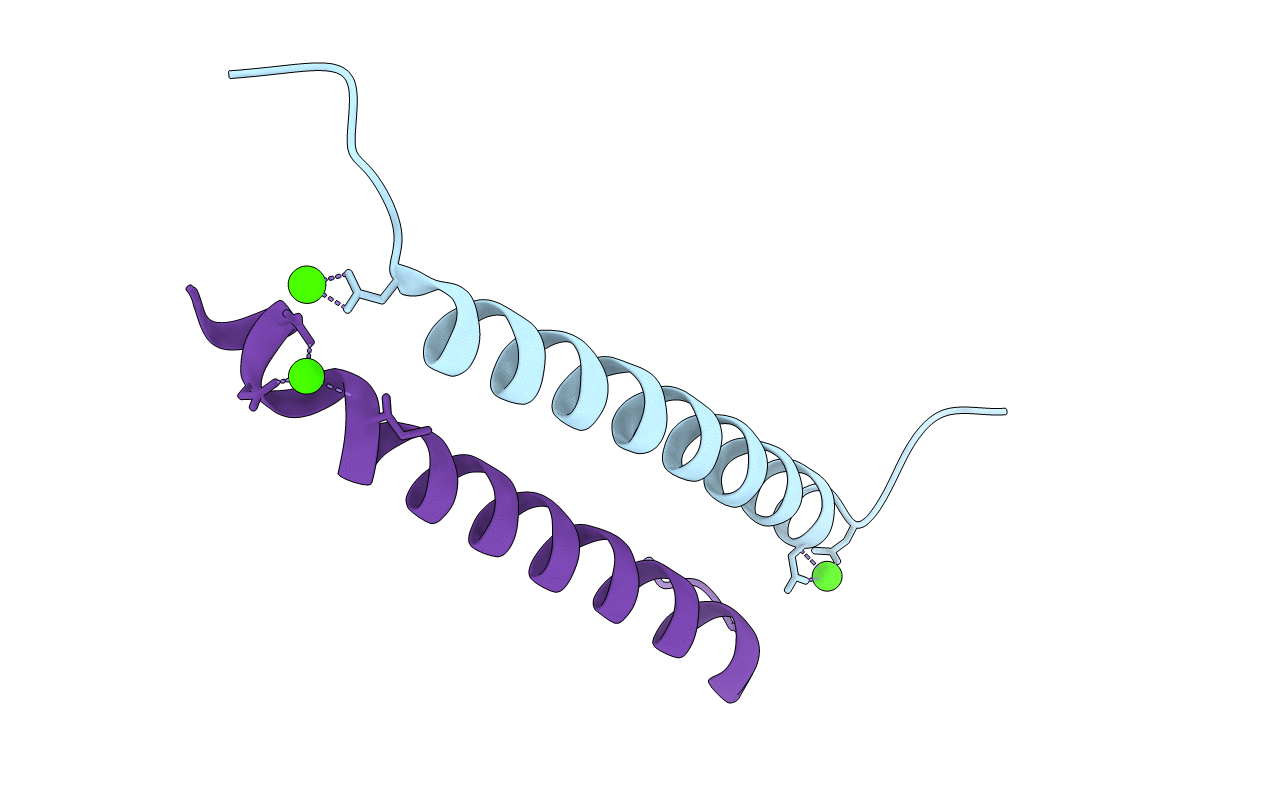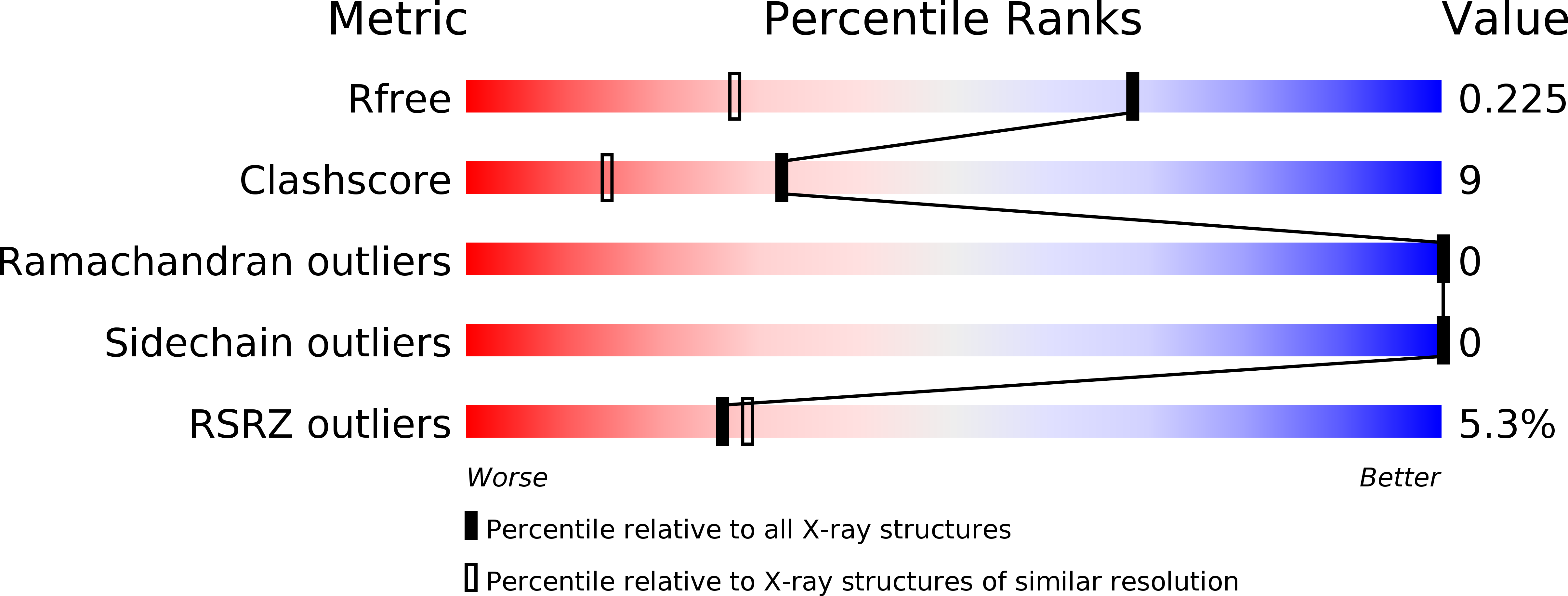
Deposition Date
2013-02-05
Release Date
2013-04-10
Last Version Date
2024-10-16
Entry Detail
PDB ID:
4J3H
Keywords:
Title:
Ring cycle for dilating and constricting the nuclear pore: structure of a Nup54 homo-tetramer.
Biological Source:
Source Organism:
Rattus norvegicus (Taxon ID: 10116)
Host Organism:
Method Details:
Experimental Method:
Resolution:
1.50 Å
R-Value Free:
0.22
R-Value Work:
0.19
R-Value Observed:
0.19
Space Group:
P 61 2 2


